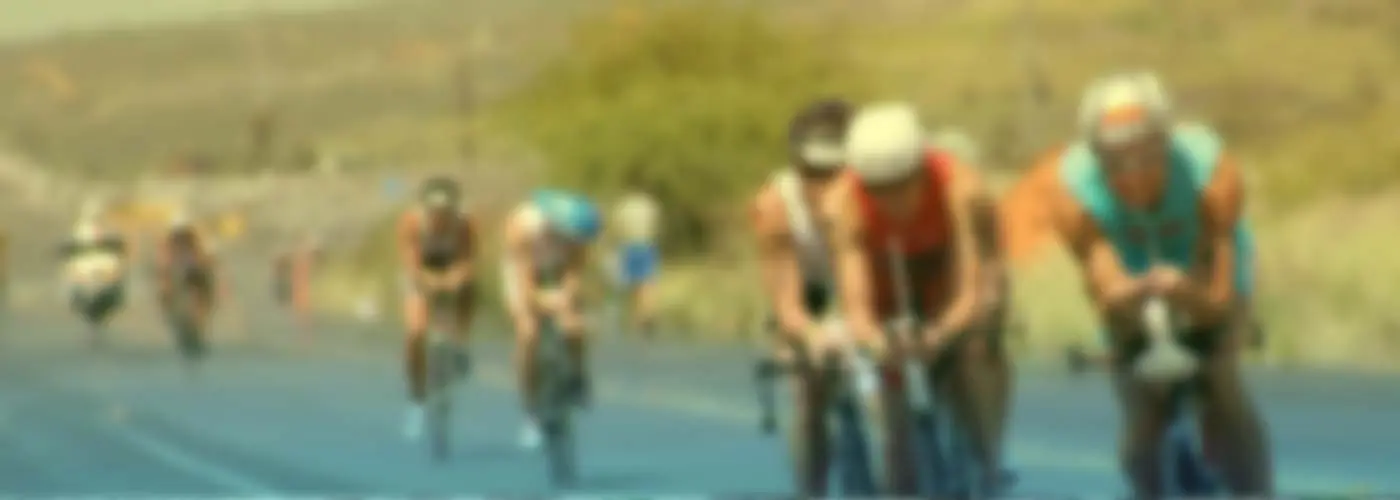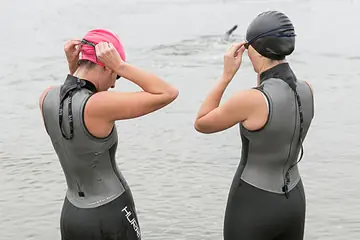
It’s April, and the weather outside is a little less frightful. Snow is melting, daylight hours growing and training periodization is shifting from base work to builds.
With any luck—or with solid season planning—you have been following a structured resistance training program for some time and have achieved a base level of strength fitness. With a shift in focus from general strength acquisition to sport-specific work it makes a lot of sense to make room in your resistance routine for kettlebell practice.
The deep history of kettlebell sport is a little murky. We do know that by the mid-twentieth century, the sport saw wide practice in the former Soviet military. The popularity of kettlebell training, at least in North America, is far more recent.
Now it is common to see this training tool in commercial gyms worldwide. There’s good reason for it too. Kettlebell training is a versatile modality that can be readily adopted into the supplementary strength work performed by endurance athletes.
So with swim-bike-run specific demands in mind, let’s look at four kettlebell movements and their application to triathlon. Watch the video at the bottom of this article to see all of these exercises, or click here.
The Swing
The swing is a sort-of kettlebell gateway drug. It’s not exceedingly difficult to perform, but not as easy as many assume it to be. Hint: it’s not a squat! The swing is fantastic for triathletes for a couple of reasons:
- A well-executed kettlebell swing requires a full range of posterior motion of the hips. Think of this as loaded mobility training. That mobility is key in getting comfortable in a low-front-end time trial position on your bike.
- Is your physio telling you that your glutes are asleep? Swings are great for waking them up. When done correctly, almost all of the “pop” of a swing comes from a powerful contraction of the glutes. This is important for both runners and cyclists. What’s more, that contraction is initiated from a closed hip angle. A factor that is very relevant for anyone riding in the steep aero position mentioned above.
The Snatch
An evolution of the swing, and one of the two staples of competitive kettlebell sport. The snatch is one of the most dynamic movements out there. Just about every major posterior muscle in the human body has a role to play in powering a kettlebell from between one’s knees to a full lockout overhead. Here are my two favorite elements:
- The snatch requires quite a bit of coordination. The muscle firing sequence must be precise for proper execution. That sort of neuromuscular training is wonderful for motor cortex plasticity. The more complex, compound movements an athlete learns, the easier it becomes to learn more. The upshot is increased ability to master the intricacies of other complex movements(like those of a swim stroke).
- It’s tough to imagine a better bang for your weightlifting time than the snatch. While the majority of the power delivered to the bell still comes from the glutes, the middle portion of the lift is driven by the latissimus dorsi and rhomboid muscle groups (these power your swim stroke, and stabilize you on the bike and during the run), while the finish recruits postural support groups in the abdomen, shoulder and upper arm.
The Circle With Stall
This supplementary movement is one of the best functional core exercises I know. It is easier to execute than the snatch, and can be used as active recovery between heavier or more intense sets too. The value of the circle with stall is how it utilizes the muscles involved with trunk rotation. Again, it checks two of my boxes.
- The initiation of the movement is hip-driven, trunk rotation. While it’s not a perfect analogue for the cross-body action of a swim stroke and run stride, the muscles involved are the very same.
- The stall component of the lift stresses those same muscles in an eccentric manner. As you are forced to resist further trunk rotation, you are training muscle groups that will support your torso on the bike and the run.
The Farmer Carry/Overhead Carry
These are a bit of a cheat, as they do not require kettlebells and can be performed with any weight apparatus. Still, these two simple movements are easy to execute and sufficiently useful to include. The big benefit here is postural strength development. The value of which is apparent to anyone looking at runners at the end of an IRONMAN marathon. Strong runners still upright have terrific, fatigue-resistant postural muscles. Want some yourself? Add a farmer carry or an overhead carry after a long run!
This is a good spot for an important disclaimer: While kettlebell practice is perfectly safe when performed correctly, the technical nature of some of these movements and the very fact that the weight often ends up overhead, behooves any would-be practitioner to seek coaching on correct mechanics.
While we are providing a link to a video demonstrating all of these lifts, watching a video is no substitute for qualified, in-person instruction.
Watch this video to see all of the above exercises, as well as tips on proper form and kettlebell swing mechanics:
 READ THIS NEXT: Advanced Strength Training for Endurance Athletes
READ THIS NEXT: Advanced Strength Training for Endurance Athletes
Michael is a mechanical engineer turned triathlon coach and kettlebell instructor based in Toronto, Canada. Michael has been involved in endurance sport for 12 years, and has worked with dozens of clients: from first-time triathletes to serial marathoners looking for their first BQ, to obstacle course racers, and ultra-distance competitors. In 2015, Michael opened the X3 Training Lab. This facility is all about the pursuit of endurance sport excellence. At the Lab, they combine power-based indoor cycling workouts with the resilience and power development of strength and mobility programs to build a faster, stronger and more resilient athlete.









Discuss This Article